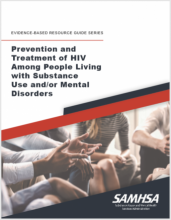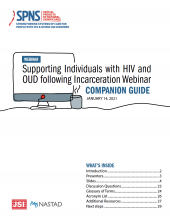
Articles in this supplement focus on the global opioid crisis, including coverage of harm reduction approaches, health justice promotion, and lessons learned.



Articles in this supplement focus on the global opioid crisis, including coverage of harm reduction approaches, health justice promotion, and lessons learned.
The COVID-19 pandemic resulted in federal policy changes related to telehealth use that allowed states to maximize access to medications for opioid use disorder (MOUD) through telehealth.
Individuals who have HIV who also use drugs experience increased age-matched morbidity and mortality in comparison with those with HIV who do not use drugs.
A recent study published in Drug and Alcohol Dependence found evidence for racial/ethnic disparities in buprenorphine distribution across the United States.
This report analyzes the issues and trends underlying the syndemics of HIV, SUD, and viral hepatitis in West Virginia.
In recent years, the gap in the rate of opioid overdoses among Black and white Americans has narrowed significantly, with increases in Black mortality driven in part by the addition of synthetic opioids to other drugs.
Opioid agonist treatment (OAT) is the provision of medications (methadone and buprenorphine) that activate the opioid receptors to prevent withdrawal and reduce cravings for opioids.
This article describes how the HIV testing window period is a challenge related to prescribing PrEP for people who inject drugs, and discusses current approaches and how data are needed to help guide best practices.
This document contains slides for the September 2020 Models of Integrated Care for HIV and Opioid Use Disorder: Considerations for Community and Clinical Settings webinar.
This virtual session summary describes key takeaways from the August 2020 Let's Talk about SSPs as Essential Services conversation.